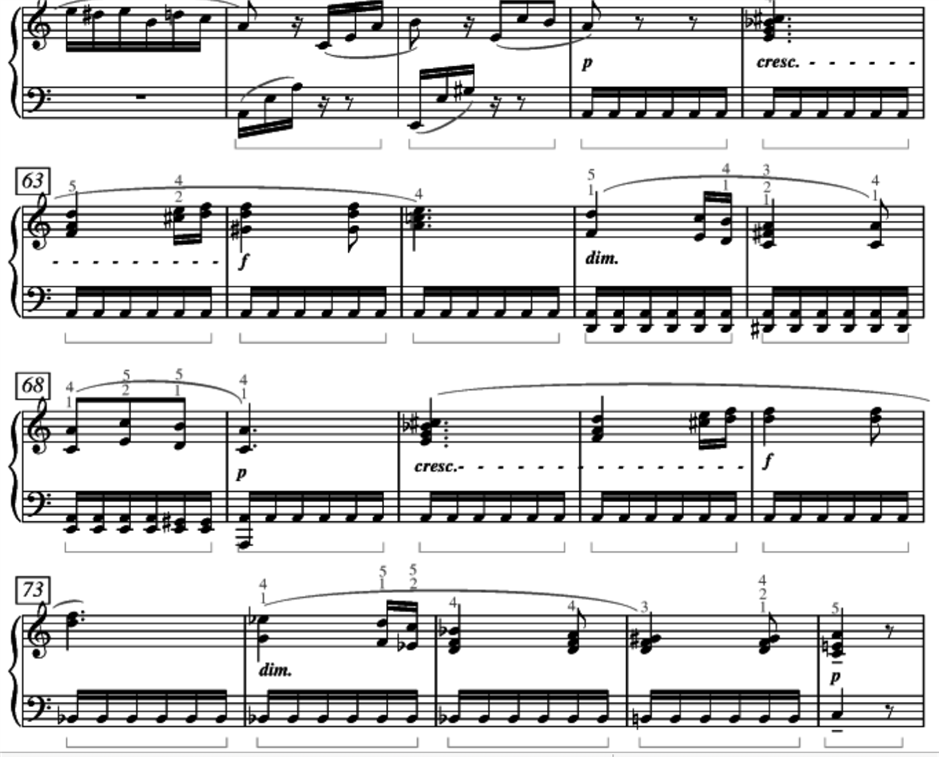Daily Listening Assignments ~ June 20, 2020
Saturday, June 20, 2020 by Mary O'Connor | OCMS
Today's listening assignment is Can-can from "Orpheus in the Underworld" by Jacques Offenbach. This piece is very often in early method books because of the descending C Major scale. Can you find it?
The can-can (or cancan as in the original French) is a high-energy, physically demanding dance that became a popular music hall dance in the 1840s, continuing in popularity in French cabaret to this day. Originally danced by both sexes, it is now traditionally associated with a chorus line of female dancers. The main features of the dance are the vigorous manipulation of skirts and petticoats, along with high kicks, splits, and cartwheels.
Many composers have written music for the cancan. Today's selection is the most famous of these.
A 'follow-along" video. This key has 6 flats, so the scale will be in what key?
Flute ensemble:
The original, for full orchestra
An animation
A dog barking the can-can?
Find this in many student books including Piano Pronto: Movement 1
Have you ever noticed the rug by the piano?
Daily Listening Assignments ~ June 19, 2020
Friday, June 19, 2020 by Mary O'Connor | OCMS
Today's piece is one of those that piano students often try to learn on their own - or a friend will teach them the first 9 notes. It's usually played too fast and, often in the wrong octave, or the first couple notes are repeated too many times.
This is one of two pieces that are so often played incorrectly that they have the distinction of being banned from competition in Northern Virginia Piano Teacher competitions.
Stay tuned for the other one!
Für Elise was not published during Beethoven's lifetime, having been discovered by Ludwig Nohl 40 years after the composer's death. The identity of "Elise" is unknown.
The very basic melody:
The actual beginning is a little more involved.
And, there's more!
If you'd like to learn to play this piece correctly, find the sheet music at IMSLP, Beethoven: Exploring His Life and Music, and countless compilations of classical music available at the O'Connor Music Studio.
Follow along:
By Valentina Lisitsa:
Ragtime!
The Big Piano at FAO Schwartz in NYC:
Glass harp:
The Mystery Behind Für Elise:
Youtube has many, many more versions. Beethoven would probably go nuts!
Daily Listening Assignments ~ June 18, 2020
Thursday, June 18, 2020 by Mary O'Connor | OCMS
'The Magic Flute' (German name: Die Zauberflöte) is Wolfgang Amadeus Mozart's final opera, and it contains one of the most well-known arias in music. But what is 'The Magic Flute' all about?
An animated version:
Played as a piano/organ duo:
Arranged by Ferruccio Busoni for 2 pianos:
Why Mozart's Magic Flute is a masterpiece - an introduction (The Royal Opera)
The accordion version:
Find this in Piano Pronto: Movement 3, Encore, Mozart: Exploring His Life and Music












